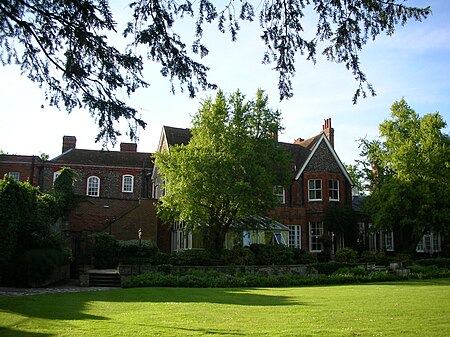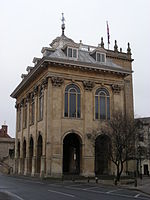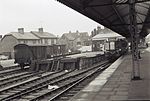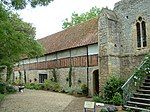Cosener's House
Abingdon-on-ThamesBuildings and structures on the River ThamesExhibition and conference centres in EnglandGrade II listed buildings in OxfordshireGrade II listed houses ... and 4 more
Islands of the River ThamesOxfordshire building and structure stubsScience and Technology Facilities CouncilUse British English from February 2018

The Cosener's House sits on the northern bank of the River Thames in Abingdon, separated from the town by the Abbey mill stream and within the original grounds of Abingdon Abbey. It is located near the centre of the town of Abingdon, Oxfordshire, England. It is run as a conference centre with accommodation by the Science and Technology Facilities Council (STFC). The annual UK Next Generation Networking meeting, Multi-Service Networks, takes place at the Cosener's House every July. The house takes its name from the Cuisinier or Kitchener, the person at the Abbey who was responsible for the provision of food.The building is Grade II listed.
Excerpt from the Wikipedia article Cosener's House (License: CC BY-SA 3.0, Authors, Images).Cosener's House
Abbey Close, Vale of White Horse Caldecott
Geographical coordinates (GPS) Address Nearby Places Show on map
Geographical coordinates (GPS)
| Latitude | Longitude |
|---|---|
| N 51.670138 ° | E -1.279316 ° |
Address
Abbey Close
Abbey Close
OX14 3JB Vale of White Horse, Caldecott
England, United Kingdom
Open on Google Maps









